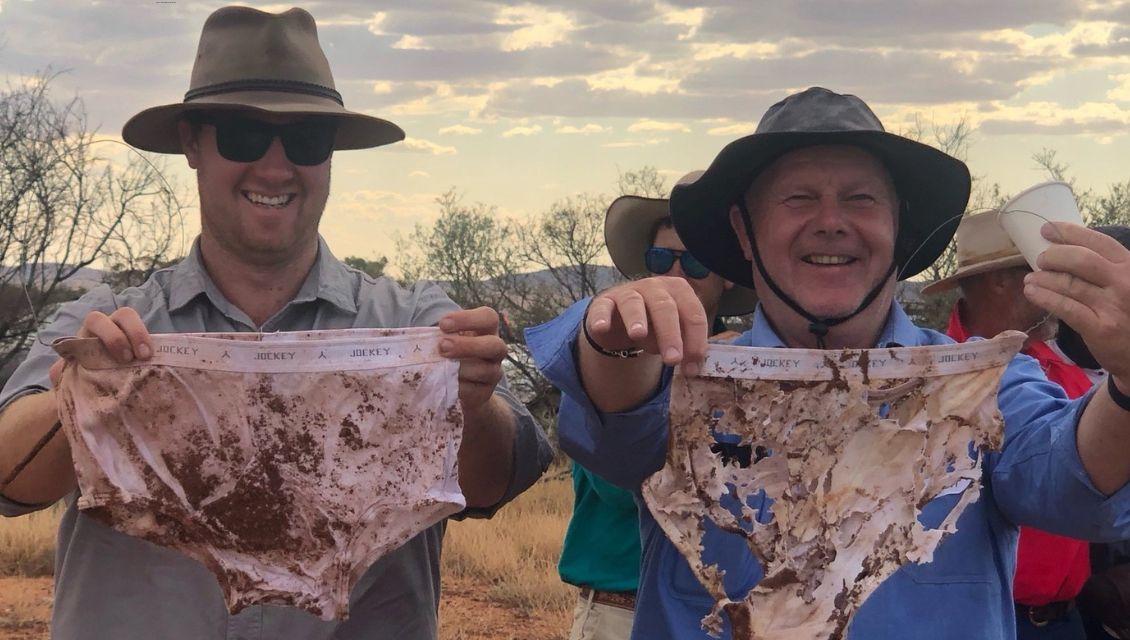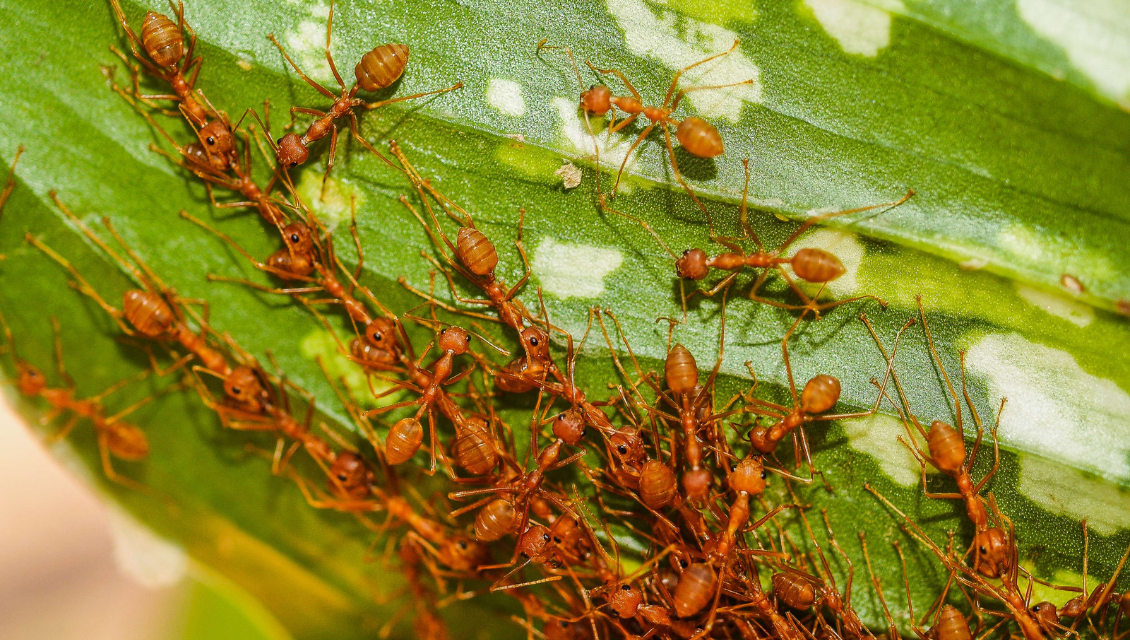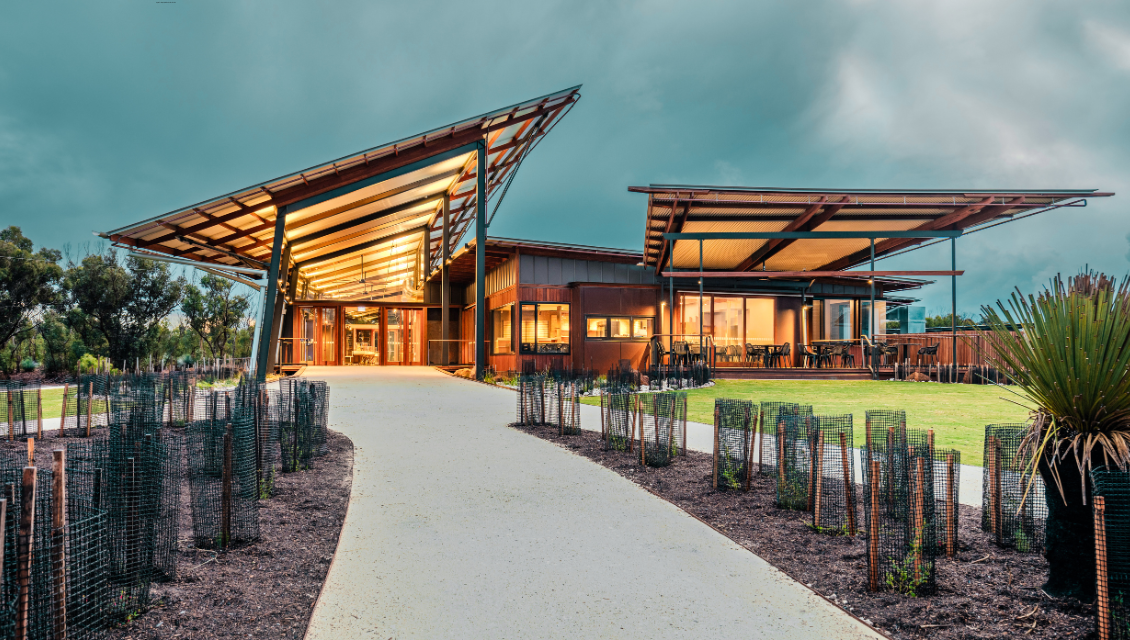
More than 10 years after their reintroduction to the Flinders Ranges, western quolls and brush-tailed possums are prospering, despite recent harsh and dry conditions.
Latest monitoring by Bounceback - a conservation program that aims to protect and restore the semi-arid environments of the Flinders, Olary and Gawler ranges - detected healthy and resilient populations of quolls and possums, which were both previously locally extinct.
National Parks and Wildlife Service (NPWS) rangers and volunteers set 162 traps for five nights across the Flinders Ranges, where they caught, scanned and carefully released 135 western quolls and 30 brush-tailed possums.
Bounceback, in partnership with the Foundation for Australia’s Most Endangered Species (FAME), successfully reintroduced western quolls in 2014 and brush-tailed possums in 2015 and is currently working to establish red-tailed phascogales in the Gawler Ranges.
Of the 135 western quolls captured, 81 were new to the monitoring team, proving that, despite a harsh and dry summer, a healthy and viable population is adapting and flourishing in the Flinders Ranges.
The western quoll once ranged 70 per cent of Australia but became extinct everywhere except Western Australia in the late 19th century.
The 30 brush-tailed possums captured, including 12 new ones, matched a 2024 record.
As part of the Bounceback program, the Department of Environment and Water and FAME have established three safer havens for endangered species in South Australia’s Far North since 2013 and, in 2024, entered a new partnership to create three more over the next three years.
NPWS Reintroduction Ecologist Talitha Moyle said Wilpena was one of the only places in Australia where visitors might see a western quoll in the wild.
"If you are incredibly lucky, your camping trip might go to the next level in terms of spotting endangered wildlife," she said.
"The key is to be quiet and to use a torch."
FAME Chief Executive Tracy McNamara said it took "bold action - and a belief that it could be done" to return the marsupials to the Flinders Ranges.
"Over the past 10 years, this public-private partnership with the South Australian Government has shown that, with vision and commitment, lasting conservation success is possible in open landscapes without the need for a fence," she said.
The safer havens are unfenced areas, each about 500sq km, where feral animals are substantially reduced to allow reintroduced native animals to thrive.
Relocating bilbies, restoring bassian thrushes and protecting threatened plants are among 11 projects to be undertaken in the Flinders, Gawler and Gammon ranges. The projects will help increase climate resilience and create refuges for species reliant on cooler, wetter and higher areas of the Flinders Ranges.
Learn more about the Bounceback program here.







